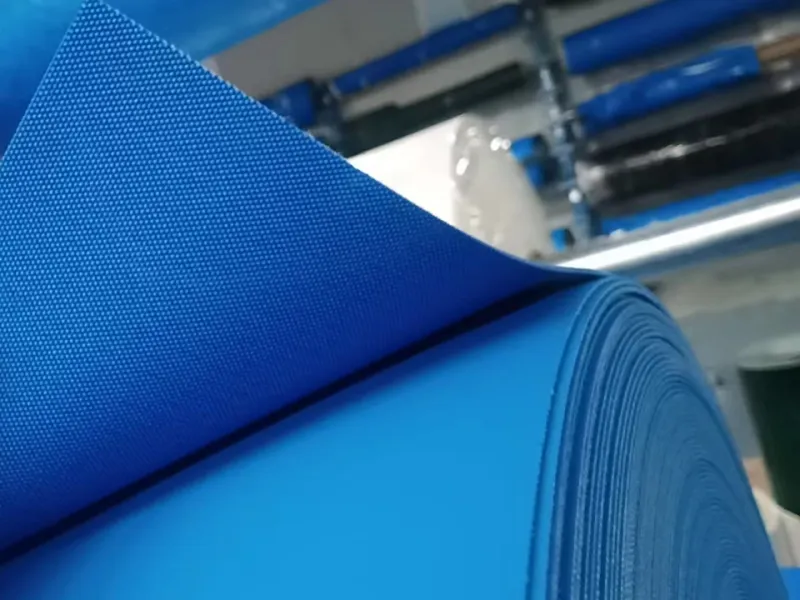
Repair or Replace When a Conveyor Belt Fails
Conveyor belts are essential components in manufacturing plants and distribution centers worldwide. When a conveyor belt breaks, it can disrupt production schedules, affect worker safety, and even damage the conveyor system itself.
Most conveyor belt breakdowns can be prevented with regular inspection and maintenance. However, despite being proactive, it's not always possible to avoid every issue.
Therefore, having an action plan and policies in place to address conveyor belt breakdowns is crucial. The primary purpose of these plans and policies is to guide your response to the critical question: Should we replace or repair the belt?
While considering all factors involved in making the final decision, documenting the decision-making process might not be a priority. To help, our experts have created these guidelines as a starting point for developing your own plans and policies.
When to Consider Conveyor Belt Replacement
Consider replacing a damaged belt if at least one of the following conditions is met:
- The Belt is at the End of Its Life: This is indicated by long-term wear and tear, making the belt unable to meet application demands.
- The Damage is Major: A significant tear or puncture that prevents the conveyor belt from running.
If either condition is true and a spare belt is available on-site, replacement is the best option. This also applies if a spare belt can be delivered and installed faster than a repair can be completed.
If the belt is relatively new and has only minor damage that hasn't stopped the line from running, repairing the belt may be a viable option.
Considerations for Conveyor Belt Repair
Once you've decided on a conveyor belt repair, consider whether a temporary repair is a viable option.
Temporary repairs, such as using metal fasteners or an overlay held in place with fasteners, can keep production moving while waiting for a repair team or materials to arrive. This method is appropriate if:
- It's safe for your workers.
- It won't permanently damage the belt.
- It won't cause damage to conveyor belt components.
Note: A temporary patch repair may require you to reduce the belt feed rate and tension to ensure the belt can handle the drive and take-up forces.
Preventing conveyor belt breakdowns with regular maintenance is ideal, but having a well-documented action plan and policies for when breakdowns occur is essential. Knowing when to replace or repair, and how to safely implement temporary fixes, can minimize downtime and keep operations running smoothly.


Leave Me Your Requirement!